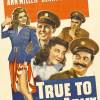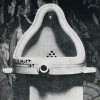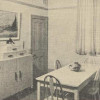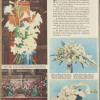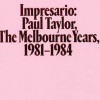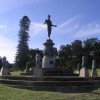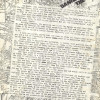It’s surprising how urban myths take hold in Australian art history. A few comments made by Albert Tucker in interviews and promotional material have convinced everyone that his iconic painting ‘Victory Girls’ (1943) is based on sexual depravity witnessed in Melbourne’s streets. I began this piece wondering whether it was possible for a painting to […]
